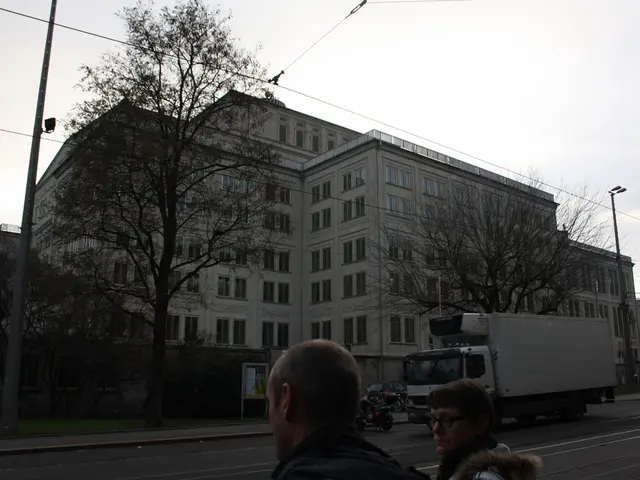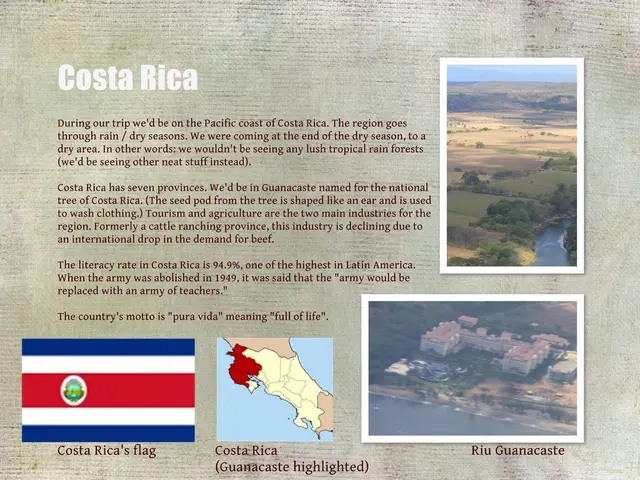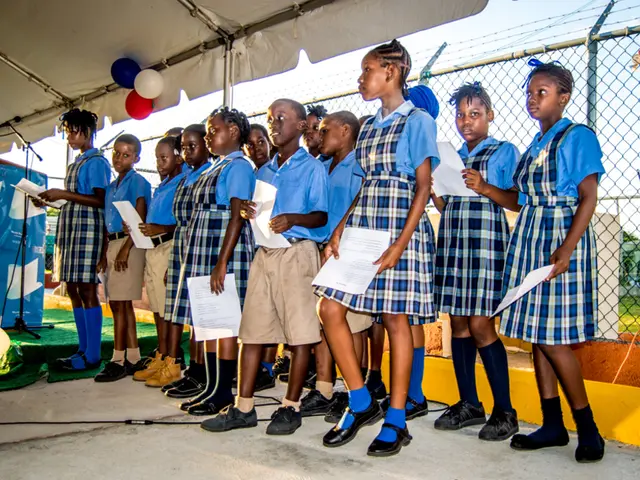Cross-Border Wind Farm in Asia Generates 600 MW of Power through Monsoon Wind
The Monsoon Wind Power Project, a groundbreaking initiative in the heart of Southeast Asia, has reshaped expectations for the region's power sector. Located in southern Lao PDR, this historic project has expanded the options for balancing grids, attracted investment, and accelerated decarbonization.
Completed ahead of schedule, the Monsoon Wind Project strengthens the case for cross-border renewables as bankable assets for investors. This early completion is a testament to the rising confidence in cross-border clean energy infrastructure and its role in delivering stable returns alongside climate benefits.
The project, a joint venture between a Lao-incorporated firm, Monsoon Wind Power Company Limited, and a multinational consortium, has been hailed as a proud and historic moment for the company and the region by Nat Hutanuwatr, the Managing Director of Monsoon Wind Power.
Financing for the project was secured from a coalition of regional and global lenders, including the Asian Development Bank, Asian Infrastructure Investment Bank, Japan International Cooperation Agency, Export-Import Bank of Thailand, Hong Kong Mortgage Corporation, Sumitomo Mitsui Banking Corporation, Kasikornbank, and Siam Commercial Bank.
The Monsoon Wind Power Project, at 600 MW, is the largest onshore wind installation in Southeast Asia. It diversifies Laos' energy mix beyond hydropower and provides Vietnam with a stable inflow of clean electricity at a time of surging demand.
The project's expected CO2 avoidance annually contributes directly to climate commitments under the Paris Agreement, offsetting 1.3 million tonnes of CO2. This breakthrough project signals that the convergence of governance support, blended finance, and multinational partnerships can unlock frontier renewable projects at scale.
For policymakers, the Monsoon Wind Power Project demonstrates how infrastructure can deliver dual benefits: advancing domestic energy diversification while reinforcing regional integration. The project, which took 14 years to materialize according to Chairwoman Paradai Suebma, is the first wind farm in Laos and the first renewable energy project in Asia to transmit power internationally.
Construction of the Monsoon Wind Power Project was completed without resettlement, adhering to international environmental and social safeguard standards. The developers have also committed $1.1 million annually for community development initiatives, including scholarships, mobile health services, and coffee-based livelihood programs.
PowerChina handled construction for the project, while Envision Energy supplied the turbines. The project's partners include Impact Electrons Siam (IES), ACEN from the Philippines, BCPG and STP&I from Thailand, Mitsubishi Corporation of Japan and its subsidiary Diamond Generating Asia, and SMP Consultation from Laos.
In conclusion, the Monsoon Wind Power Project is a significant milestone in Southeast Asia's journey towards a sustainable and resilient energy future. It underscores the potential of cross-border renewable energy projects in driving decarbonization, economic growth, and regional integration.
Read also:
- Inherent Skills Know No Bounds, Yet Access to Employment Remains Unequal: Suggestions for a More Equitable Job Market of the Future
- Affordable supermarket purchases from dollar stores are not sabotaging typical American nutritional habits, according to research findings
- Impact of Chronic Stress on Cognitive Function and Brain Integrity Over Time
- Guide to Achieving "Electrostate" Status








